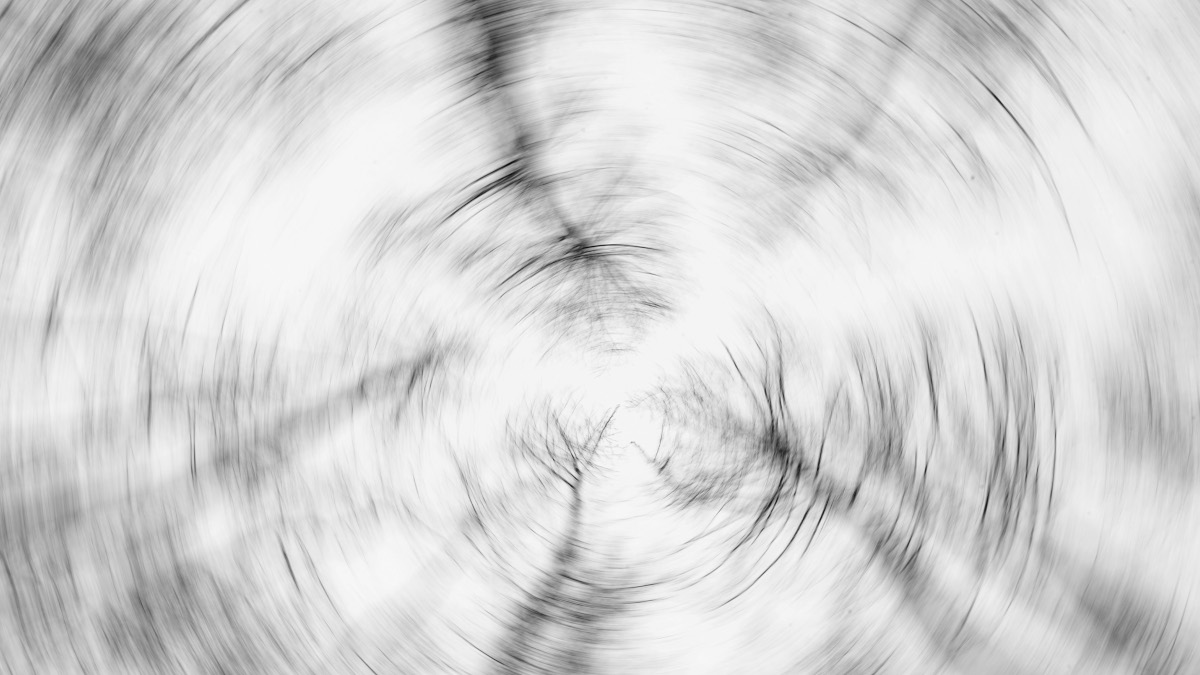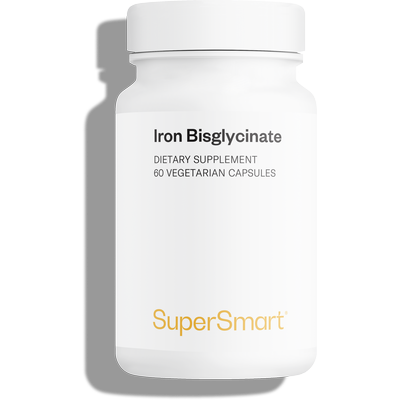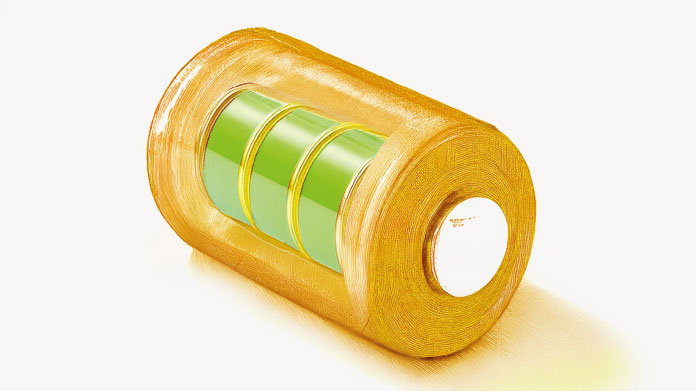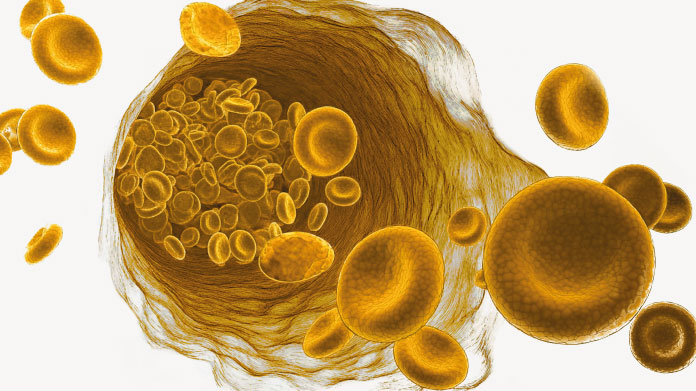Iron deficiency: symptoms to be aware of
Many people (particularly women) are low in iron without even realising it. Yet the consequences of iron deficiency can pose a real risk to health. Discover the warning signs to look out for and what action to take.

What purpose does iron serve in the body?
The adult body contains between 2.5g and 4g of iron. It is a key component of haemoglobin, the protein responsible for transporting oxygen in the blood, which is essential for the formation of red blood cells. Iron is thus crucial for oxygenating all the body’s cells, but it is also involved in many other vital processes such as energy metabolism, detoxification, optimal immune system function and DNA synthesis.
Women of childbearing age need at least 25 mg/day (due to blood loss during menstruation), while adult males and post-menopausal women need at least 12 mg/day. This balance can be achieved over the course of a week, but the diet needs to be rich in iron in order to meet our long-term needs.
Symptoms of iron deficiency
A lack of iron can lead to haemoglobin deficiency in the body: this is referred to as iron-deficiency anaemia. The body’s iron levels are too low to produce this essential protein making it impossible to create optimal numbers of ‘working’ red blood cells. This deficit, which poses a risk to health, can be detected by a simple blood test which identifies levels of haemoglobin, haematocrit, ferritin (less than 15 µg/L in the blood) and a red blood cell count all below normal values.
In mild anaemia, symptoms usually go unnoticed. They only start to be felt when haemoglobin levels fall below 80g/L and include:
- a pale complexion;
- abnormal fatigue;
- breathlessness on exertion;
- frequent dizziness and light-headedness (especially when getting up from a chair);
- headaches;
- muscle weakness;
- cold hands and feet;
- a potential decline in mental performance, especially a lack of focus.
Other signs indicating a possible lack of iron (1) : brittle nails, dry skin and hair, problems concentrating, irritability, sleep issues, onset of restless leg syndrome… These symptoms usually appear gradually, as anaemia develops very slowly.
In pregnant women, a lack of iron has implications for the foetus: it can lead to premature birth, mental deficits in the unborn child and low birthweight (2).
Main causes of iron deficiency
There are three factors which, over time, can lead to a lack of iron (iron deficiency or sideropenia) : a a diet persistently low in iron (malnutrition, special diet, unbalanced diet …), problems with iron absorption at a digestive level (inflammatory bowel disease, for example) and significant blood loss.
In light of these causes, several population groups are at risk of iron deficiency:
- women who experience heavy periods, as iron is lost in menstrual blood;
- pregnant women and those who have had multiple pregnancies close together, as satisfying their baby’s needs results in their own iron reserves becoming depleted;
- long-distance runners (marathon, trail), as they lose a lot of iron through sweat and haemolysis (destruction of red blood cells during exercise) ;
- people suffering from diseases associated with iron malabsorption, such as Crohn’s or coeliac disease;
- people with a health problem involving chronic blood loss in stools, such as a peptic ulcer or benign polyps in the colon;
- vegetarians and especially vegans;
- undernourished people or those eating an unbalanced diet low in meat, fish, pulses and green vegetables;
- those who regularly take medication for heartburn, such as proton pump inhibitor-type antacids. Stomach acidity enables the body to absorb dietary iron;
- those suffering from kidney failure, especially if they’re on dialysis, etc.
How to correct a lack of iron and eliminate its symptoms
Remedies and treatments for iron deficiency depend on its severity: only a health professional can recommend the right solution for you. In all cases, however, it’s important to increase your dietary intake by incorporating more iron-rich foods into your daily diet.
Haem and non-haem iron
There are two main forms of iron: haem iron (found in animal-source foods), which is easily metabolised by the body (with an absorption rate of around 25%), and non-haem iron (present in plant-source foods), which is less well-absorbed (around 5%).
The difference in absorption is explained by the presence of phytic acid and tannins in plants : non-haem iron has to first be ‘released’ by stomach acidity, before being converted by intestinal cell membranes.
Main dietary sources of iron
Sources of haem iron include: liver, beef, poultry, sardines, shellfish.
Sources of non-haem iron include: tofu, dried fruit, pulses, green vegetables, nuts and seeds.
Perfect for rectifying iron deficiency: iron supplements
On the advice of a health professional, and only when iron deficiency has actually been diagnosed, taking an iron supplement can be really helpful in rapidly restoring your iron reserves. An iron infusion may even be recommended, particularly for pregnant women who are iron-deficient.
In both cases, medical supervision is required, since taking too much iron carries its own risks. Below are some effective measures to accompany any treatment for iron deficiency :
- don’t consistently eat too many animal-source iron-rich foods as, in general, they are not good for your long term health. Use sparingly, alternating them with foods containing non-haem iron;
- avoid eating iron-rich foods at the same time as dairy products as they make the iron less bioavailable (3) ;
- before cooking, soak uncooked pulses for 48 hours, with frequent changes of water, in order to remove any compounds that inhibit the uptake of non-haem iron;
- include foods rich in vitamin C (peppers, broccoli, Brussels sprouts clementines, orange juice, etc.) and vitamin A (sweet potatoes, carrots, spinach, pumpkin, etc.) in meals containing sources of non-haem iron as they improve its absorption in the gut ;
- opt for supplements in the form of bisglycinate (such as Iron Bisglycinate), as they offer the best bioavailability and the fewest side effects (4).
SUPERSMART ADVICE
References
- Leung, W., Singh, I., McWilliams, S., Stockler, S., Ipsiroglu, O.S., 2020. Iron deficiency and sleep – A scoping review. Sleep Medicine Reviews 51, 101274. DOI 10.1016/j.smrv.2020.101274
- Georgieff, M.K., 2020. Iron deficiency in pregnancy. American Journal of Obstetrics and Gynecology 223 (4), 516 524. DOI 10.1016/j.ajog.2020.03.006
- Hadler, M.-C., Colugnati, F., Sigulem, D.M., 2004. Risks of anemia in infants according to dietary iron density and weight gain rate.. Preventive Medicine 39, 713 783.
- Olivares, M., Pizarro, F., Pineda, O., Name, J.J., Hertrampf, E., Walter, T., 1997. Milk inhibits and ascorbic acid favors ferrous bis-glycine chelate bioavailability in humans. The Journal of Nutrition 127 (7), 1407 1411. DOI 10.1093/jn/127.7.1407 OMS, 2008.
Keywords
58 Days
Very happy with the order and the…
Very happy with the order and the prompt team's response to an identified issue with my order.
KUQI Fatmir
65 Days
15 + years as a customer
I have been using their products for over 15 years as I find both the quality and pricing excellent.
Del Chandler
67 Days
Good quick delivery
Good quick delivery
Timothy O Shea
68 Days
Good service
Good communication following order. Product came within the time frame and was well packaged. The only confusing thing I found was in checking out. For some reason it is not clear how to do so and the current system should be improved.
Joe O Leary
77 Days
Simple and fast.
Simple and fast.
Nina
78 Days
Great product was definitely what is…
Great product was definitely what is says and arrived on without issue
customer
84 Days
I love reading those product facts on…
I love reading those product facts on Supersmart.com. Effective health products making permanent changes to my blood-work results and testes. However, I also have to order capsules from other websites.
NORDGULEN Olav
87 Days
Great products
Great products Very easy to choose, to order… and to get at home
Federica mastrojanni
89 Days
Service rapide et bons produits
Service rapide et bons produits
customer
90 Days
Good products and fast delivery
Good products and fast delivery
Trusted
95 Days
Does what it says on the can
I believe in this product Made to highest standard The ordering process is straightforward Delivery time prompt Excellent product, excellent service Happy customer ❤️
Sheba Kelleher
100 Days
Excellents produits
Excellents produits. Rien à dire si ce n'est qu'ils sont très chèrs.
MJS_France
103 Days
Very good supplement
Very good supplement
Glaveash
104 Days
Supersmart supplements are really…effective
Supersmart supplements are really effective and have helped me and family members and friends to improve their health including some of us with severe health problems including some with no existing medical treatment.
Anne Georget
105 Days
SuperBig Supersmart
SuperBig Supersmart
Pierre




